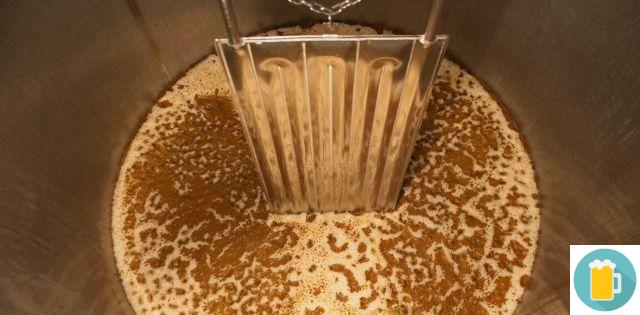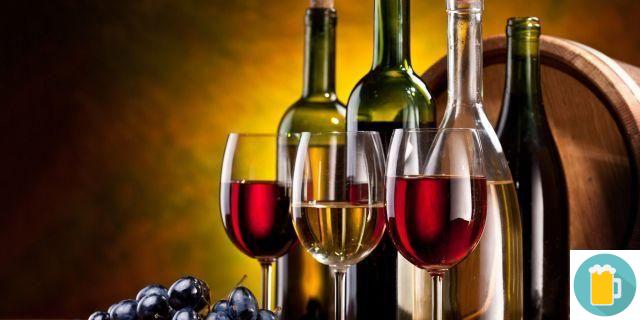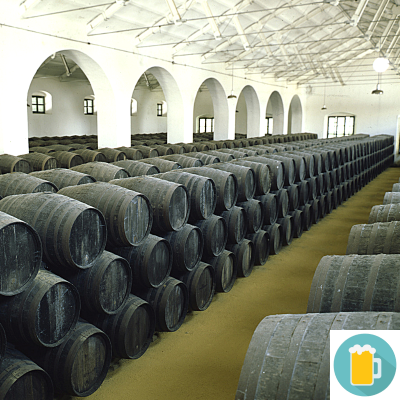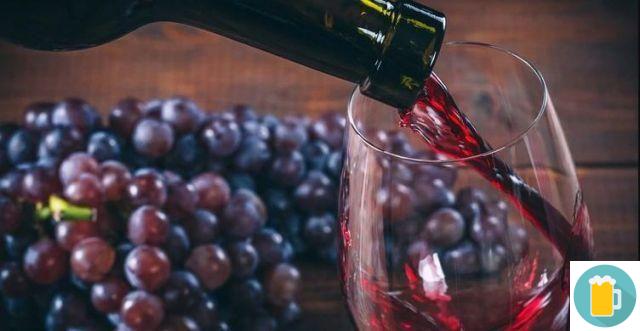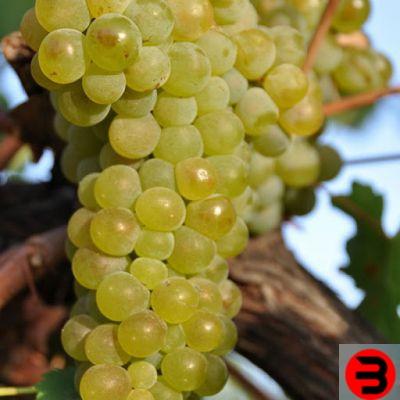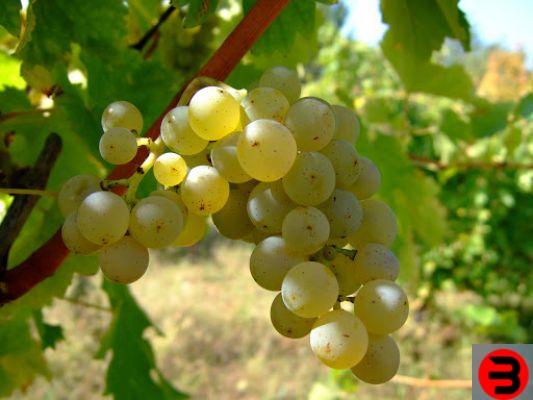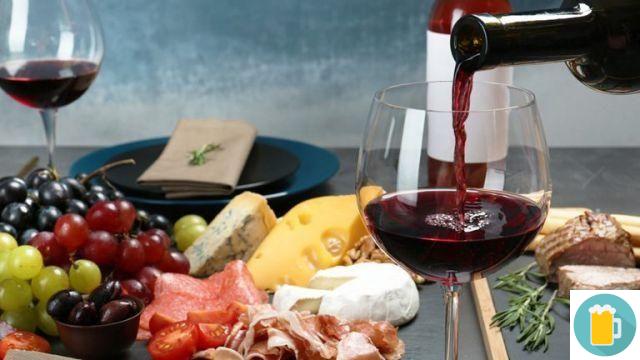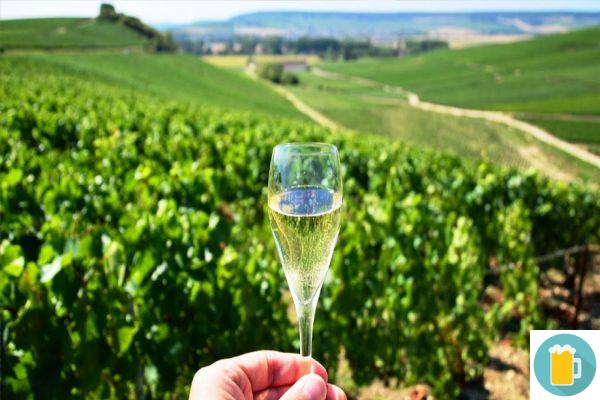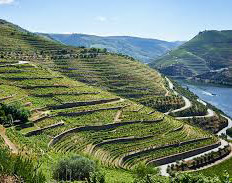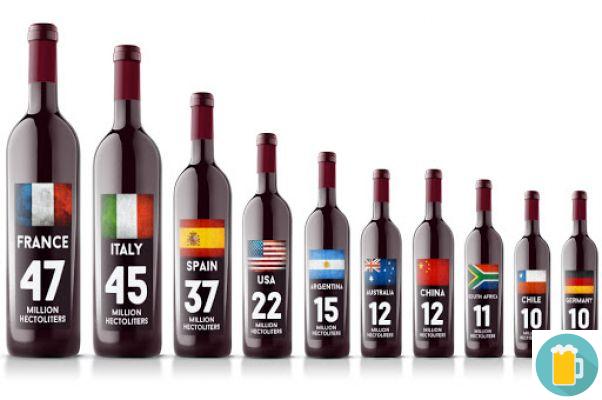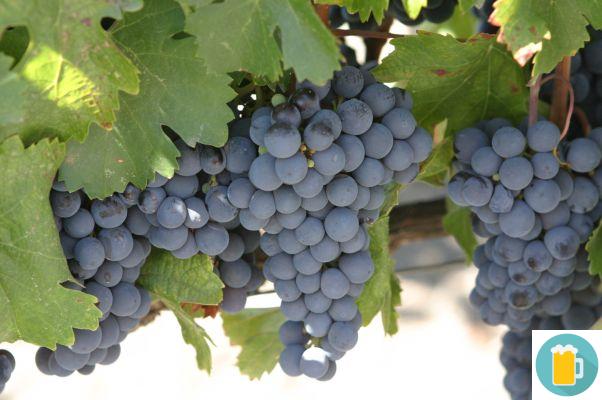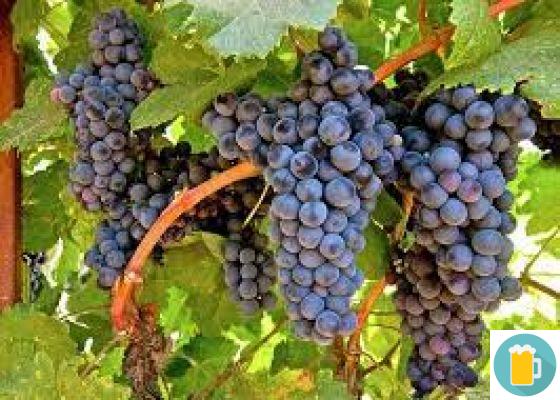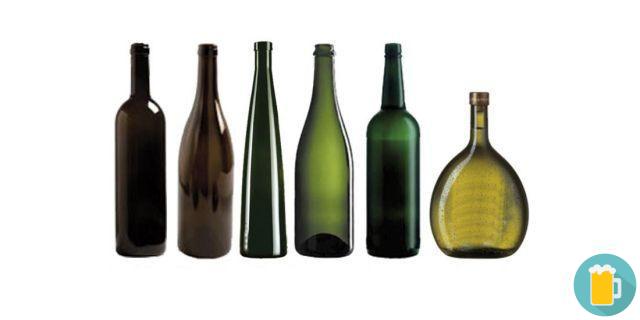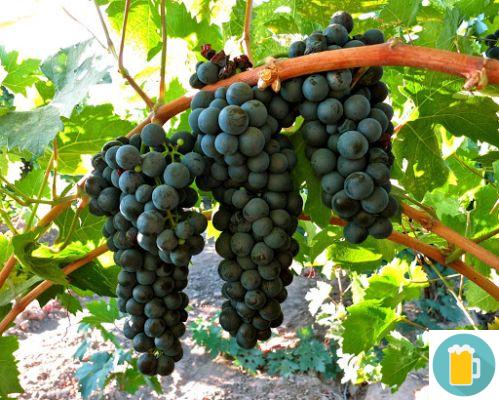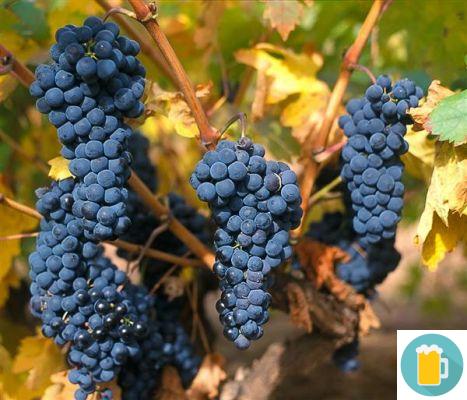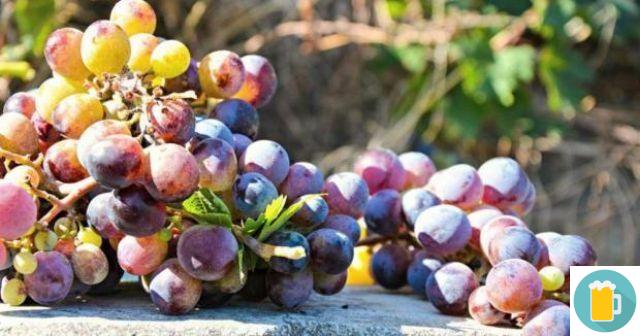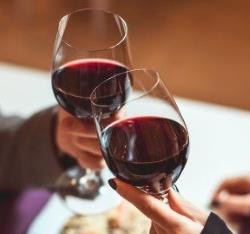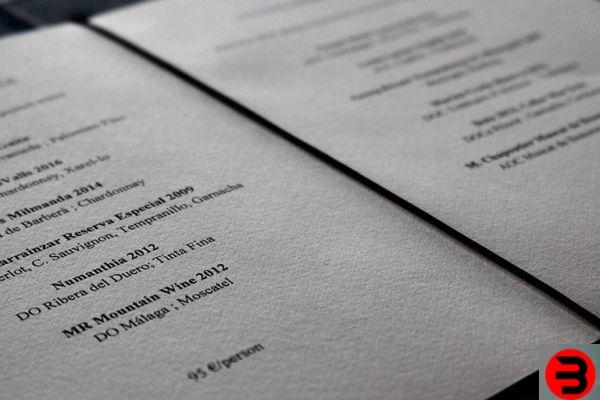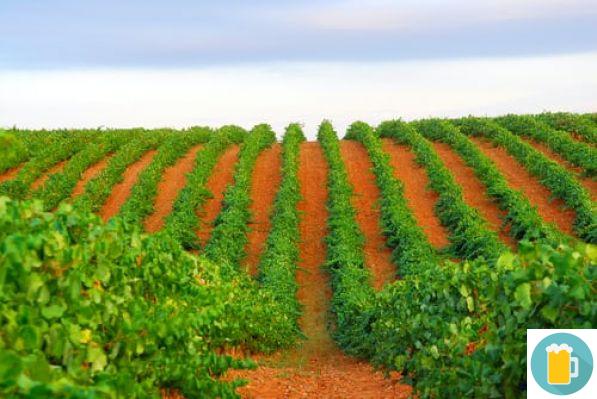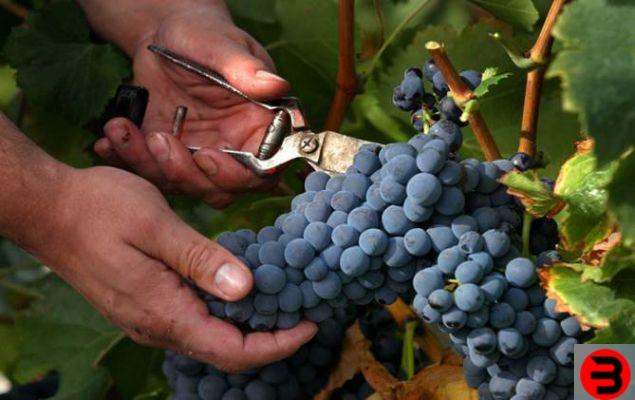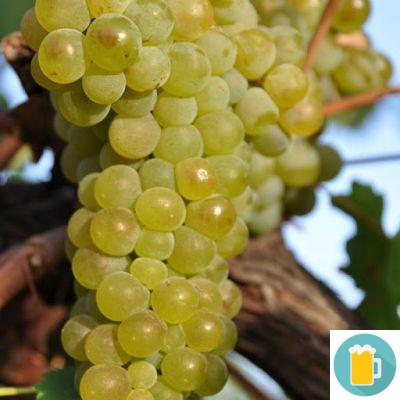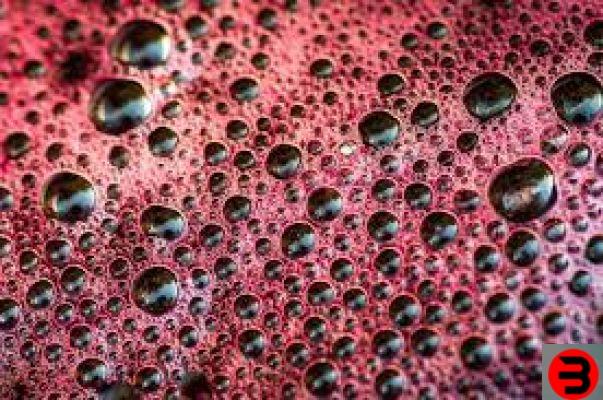The types of still red wines
I Red wines they owe theirs colore to the fact that the skins of the berries, in contact with the must, transfer to this a whole series of substances, primarily colorings, but not only, which are not present in the skins of white berried grapes. The Anthocyanins (from Greco anthos = flower, kyáneos = blue) are the substances that give color to red wine, i tannins (present in the skins and seeds) are responsible for astringency. These are the two things that basically distinguish them from White wines. The red vinification it provides for a more or less long period of contact between must and skins, while in white vinification the must is drained to avoid it.
Just as it is possible vinification in white red grapes, it is also possible, so to speak, vinify in red white grapes. By subjecting white grape musts to periods of more or less prolonged maceration, the so-called Orange wines, of which we have already spoken extensively elsewhere.
Type vine, area geographical e style of vinification are as for white wines, the variables that determine the typology of the wine that will be obtained.
Light red wines
I light red wines they are obtained with vines that give musts not excessively rich in XNUMX/XNUMX cup sugar (and therefore the resulting wines will be moderately alcoholic) and with higher acidity. More easily the musts of grapes grown in relatively cold areas they have lower sugar contents and therefore give less alcoholic wines, which can be avoided by using cellar techniques aimed at increasing the concentration of all the substances contained in the grapes. Depending on the grape variety the skins can be more or less rich in coloring substances and tannin. Color doesn't have much to do with structure of the wine (the grapes of Nebbiolo they give wines discharged in color but great structure), has and tannins they are essential for giving structure e longevity to wine. Grapes not very rich in tannin, such as i Lambrusco, the Groppelli, Slaves, Gamay they tend to give lighter wines and more immediate drinking. A wine that is born with low characteristics alcoholicity, low tannicity and light structure it definitely is a wine that should be drunk in youth and whose qualities of gustatory immediacy prevail over the body and the persistence, often limited, of these wines. The reduced longevity and the risotto contained in tannins makes theirs inappropriate maturity in wood, for which also the vinification processes are simplified and shortened.
Structured red wines
At the other end of the scale are wines produced primarily with grape varieties whose skins are able to release large quantities of substances in musts (tannins first of all), whose musts are rich in sugars (due to climatic factors or delayed ripening) and which at the same time have good acidity (which contributes to their longevity). THE Cabernet, Merlot, Sangiovese, Nebbiolo, the Syrah, Nero d'Avola and many others are among the most immediate examples. There malolactic fermentation it is a constant in the production of these wines, because the relative decrease in acidity helps to round the profile gustativo overall of the wine, especially in the phase in which it has not yet reached complete organoleptic maturity. L'high tannicity results in a feeling of astringency which is not always pleasant e long years of aging in wood they help to polymerize and partly precipitate the tannic substances, making the wine more harmonic and elegant. The aging in bottle, more or less long, completes the maturation process, and for some particularly tannic wines (obtained for example from grapes Sagrantino, Raboso, Fussy, Tazzelenghe and others) can be almost indispensable. There storage prolonged of these wines, however, should not make them exceed the age after which maturity changes into old age, with the progressive deterioration of all the organoleptic properties of the wine.
Medium red wines
Between the two extremes, there is always the intermediate measure. With the same grapes with which wines of great structure are obtained, using less demanding cultivation and cellar techniques you can get wines with good body and elegance, but easier to taste, more versatile inpairing and last but not least, cheaper. Next to the Brunello di Montalcino DOCG (red wines) (Sangiovese) thus we find the Rosso di Montalcino, alongside the Barolo and Barbaresco il Nebbiolo d'Alba, alongside the Taurasi theAglianico declined in more modest but no less interesting versions. In the infinite scale of wine nuances it is in this category that the most interesting combinations can probably be found.
Red wines
The types and organoleptic characteristics of still red wines
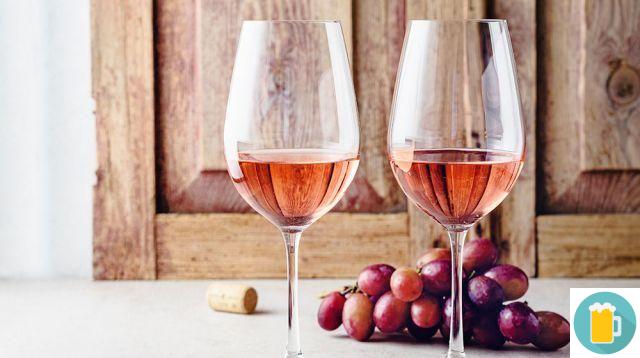
The types of still red wines
I Red wines they owe theirs colore to the fact that the skins of the berries, in contact with the must, transfer to this a whole series of substances, primarily colorings, but not only, which are not present in the skins of white berried grapes. The Anthocyanins (from Greco anthos = flower, kyáneos = blue) are the substances that give color to red wine, i tannins (present in the skins and seeds) are responsible for astringency. These are the two things that basically distinguish them from White wines. The red vinification it provides for a more or less long period of contact between must and skins, while in white vinification the must is drained to avoid it.
Just as it is possible vinification in white red grapes, it is also possible, so to speak, vinify in red white grapes. By subjecting white grape musts to periods of more or less prolonged maceration, the so-called Orange wines, of which we have already spoken extensively elsewhere.
Type vine, area geographical e style of vinification are as for white wines, the variables that determine the typology of the wine that will be obtained.
Light red wines
I light red wines they are obtained with vines that give musts not excessively rich in XNUMX/XNUMX cup sugar (and therefore the resulting wines will be moderately alcoholic) and with higher acidity. More easily the musts of grapes grown in relatively cold areas they have lower sugar contents and therefore give less alcoholic wines, which can be avoided by using cellar techniques aimed at increasing the concentration of all the substances contained in the grapes. Depending on the grape variety the skins can be more or less rich in coloring substances and tannin. Color doesn't have much to do with structure of the wine (the grapes of Nebbiolo they give wines discharged in color but great structure), has and tannins they are essential for giving structure e longevity to wine. Grapes not very rich in tannin, such as i Lambrusco, the Groppelli, Slaves, Gamay they tend to give lighter wines and more immediate drinking. A wine that is born with low characteristics alcoholicity, low tannicity and light structure it definitely is a wine that should be drunk in youth and whose qualities of gustatory immediacy prevail over the body and the persistence, often limited, of these wines. The reduced longevity and the risotto contained in tannins makes theirs inappropriate maturity in wood, for which also the vinification processes are simplified and shortened.
Structured red wines
At the other end of the scale are wines produced primarily with grape varieties whose skins are able to release large quantities of substances in musts (tannins first of all), whose musts are rich in sugars (due to climatic factors or delayed ripening) and which at the same time have good acidity (which contributes to their longevity). THE Cabernet, Merlot, Sangiovese, Nebbiolo, the Syrah, Nero d'Avola and many others are among the most immediate examples. There malolactic fermentation it is a constant in the production of these wines, because the relative decrease in acidity helps to round the profile gustativo overall of the wine, especially in the phase in which it has not yet reached complete organoleptic maturity. L'high tannicity results in a feeling of astringency which is not always pleasant e long years of aging in wood they help to polymerize and partly precipitate the tannic substances, making the wine more harmonic and elegant. The aging in bottle, more or less long, completes the maturation process, and for some particularly tannic wines (obtained for example from grapes Sagrantino, Raboso, Fussy, Tazzelenghe and others) can be almost indispensable. There storage prolonged of these wines, however, should not make them exceed the age after which maturity changes into old age, with the progressive deterioration of all the organoleptic properties of the wine.
Medium red wines
Between the two extremes, there is always the intermediate measure. With the same grapes with which wines of great structure are obtained, using less demanding cultivation and cellar techniques you can get wines with good body and elegance, but easier to taste, more versatile inpairing and last but not least, cheaper. Next to the Brunello di Montalcino DOCG (red wines) (Sangiovese) thus we find the Rosso di Montalcino, alongside the Barolo and Barbaresco il Nebbiolo d'Alba, alongside the Taurasi theAglianico declined in more modest but no less interesting versions. In the infinite scale of wine nuances it is in this category that the most interesting combinations can probably be found.




